This summer, Barbie has officially taken over the world. The iconic doll is making her live-action, silver-screen debut under Oscar-winner Greta Gerwig’s direction, and her trademark pink hue is making appearances everywhere—from TikTok ads to city benches. In her 64 years of existence, Barbie has slipped into a plethora of roles, including that of the artist. She's the architect of the doll archetype—the standard all others are measured by—and a mirror to cultural tendencies both aspirational and toxic. Ahead of the film’s release tomorrow, CULTURED invited 10 artists to opine on what Barbie has meant to them and their craft, along with their takes on the upcoming flick.
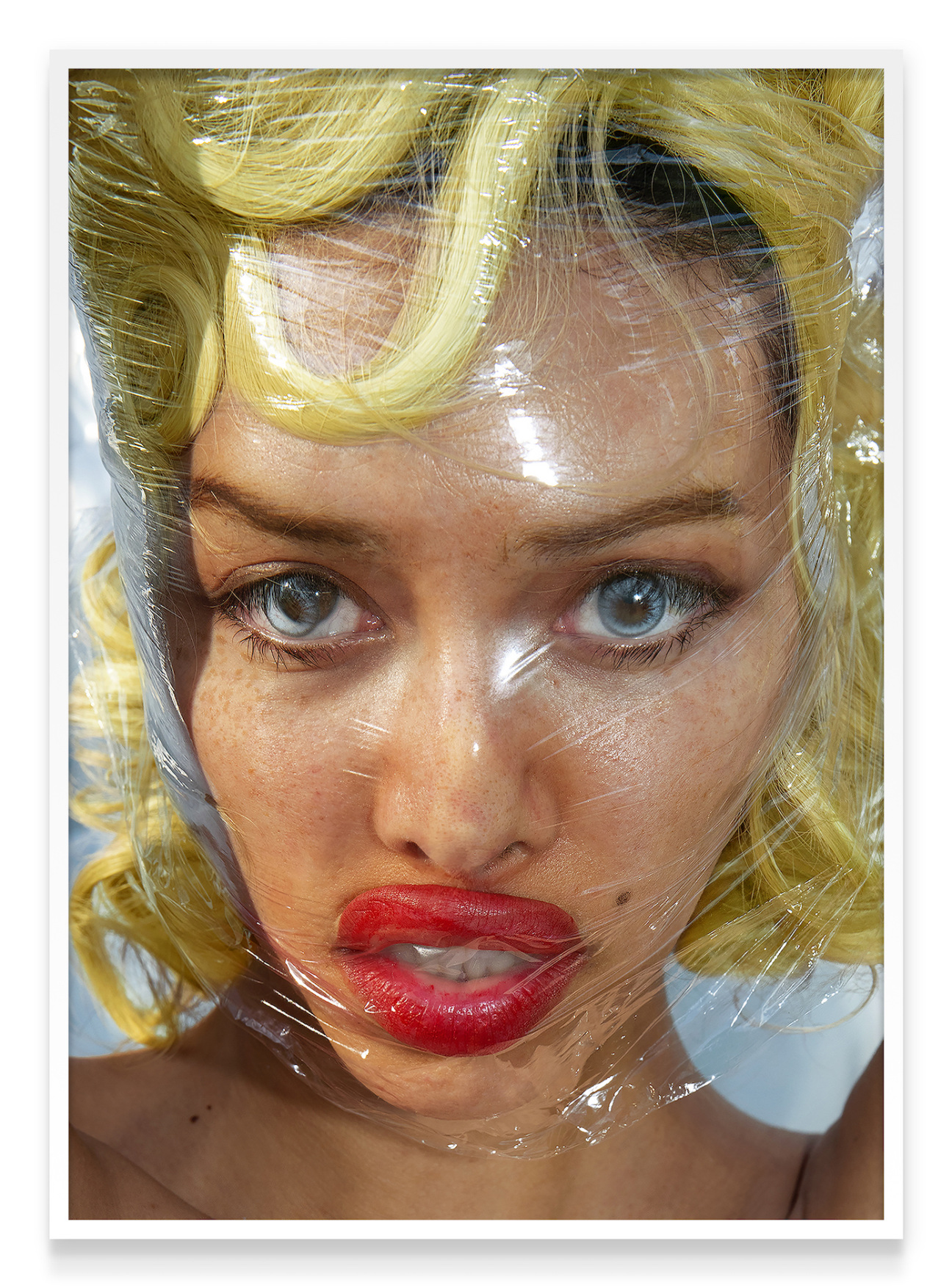
CULTURED: What was your first interaction with or impression of a Barbie?
Martine Gutierrez: My first Barbie was the 1959 Original Barbie that belonged to my Mom. I remember finding her amongst the trolls and soldiers left behind at my grandparents' home. Barbie towered over the other toys: raised eyebrows, red mouth, a leggy strawberry blonde in black pumps, wearing the classic black and white striped bathing suit and cat-eye sunglasses. Sticky. Permanently sticky––undoubtedly because she was true vintage, and the chemical composition of the plastic was breaking down.
CULTURED: What element of Barbie speaks to your practice the most?
Gutierrez: To develop the participation of the viewer, my references are often a nostalgia cultivated from mainstream media. It's kind of impossible to be critical of pop culture in the United States without knowing who Barbie is or was––and the “figure” she has represented for children over seven decades. As an object, she's an ethnographic study, but give her autonomy and she's Anthropologist Barbie.
CULTURED: Describe your ideal dollhouse. What’s in it, and why?
Gutierrez: My dream dollhouse is an ancient faux-stone temple, the last surviving ruin of Barbie's ancestors––Indigenous Barbie—and behind the looted altar of the temple would be a secret doorway to a bathhouse, with a water slide.

CULTURED: What was your first interaction or impression of a Barbie?
Laurie Simmons: Barbie appeared at the exact moment I started to reject dolls. I remember noticing her and being very attentive to the fact that somehow she was more grown up and stylish and reflected the "current fashions"––something I was becoming increasingly interested in but that didn’t mean I wanted to be caught dead playing with a doll.
CULTURED: What element of Barbie speaks to your practice the most?
Simmons: Well, Barbie is a doll, and I’ve been photographing doll-like figures since 1976. I’ve mostly avoided using Barbies. I shot a 25th birthday portrait for Vanity Fair in 1984 and a story for V Magazine in 2015 among other things, but Barbie’s popularity made her kind of a celebrity doll.
I was and am interested in figures that are surrogates, proxies, replacements, stand-ins, or understudies for humans—whatever you call them—and Barbie was not the right choice. She’s too identifiable and would’ve stolen the show, and with my longstanding interest and investigation of gender stereotypes and now nonbinary fluidity, she’s just too much of a Barbie.
CULTURED: Describe your ideal dollhouse. What’s in it, and why?
Simmons: Obviously my favorite dollhouse is Kaleidoscope House, the multi-color interactive dollhouse I designed with the architect Peter Wheelwright for Bozart Toys in 2000. It’s my dreamhouse because every detail was considered by us and accessories were designed by artists and artisans we love and admire, including artworks by Cindy Sherman, Barbara Kruger, Lisa Yuskavage, and Carroll Dunham; books by A.M Homes and Lynne Tillman; pillows and rugs by Judy Ross; the Dakota Jackson Steinway Tricentennnial Piano; a home office from Asymptote Architecture (Hanni Rahid and Lise Anne Couture); a dining room from Karim Rashid; a birdcage from Billy Sullivan and a modular living room set from Jasper Morrison. We also made a doll family that’s a blended version of Peter’s and my families, friends and pets.
I honestly wanted to make a dollhouse so that I’d have another prop to shoot—not realizing that so many people were just waiting for a good looking modernist dollhouse to appear and that it would eventually become a collectible. We heard that the set designers of the dream house in the Barbie movie were inspired by Kaleidoscope House. I must say I’m totally tickled by the idea that we could’ve influenced the set design of the Barbie movie. And we do think about reissuing the Kaleidoscope House again when the time is right. We’ve always talked about a Kaleidoscope Kondo, a poolhouse, and more affordable Kaleidoscope housing.
Will you watch the Barbie movie? What are you most excited about?
Simmons: Of course I’ll watch it. Greta Gerwig is brilliant and the obvious choice to direct it, and I’ve loved watching the marketing campaign and lead-up to the premiere (though I may burn out on PINK which is one of my favorite colors). I also love the way Margot Robbie’s press outfits have been direct rips of Barbie’s original costumes. Another obvious but brilliant solution. I’m most excited for the set design. I’m sure I’ll be jealous of everything they’re able to achieve with an amazing team and a trillion dollar budget. I think this will be a feel-good blockbuster for some pretty down times. And the fact that it doesn’t take place in the Marvel universe is a good reason to do a few wheelies in the Barbie Corvette.
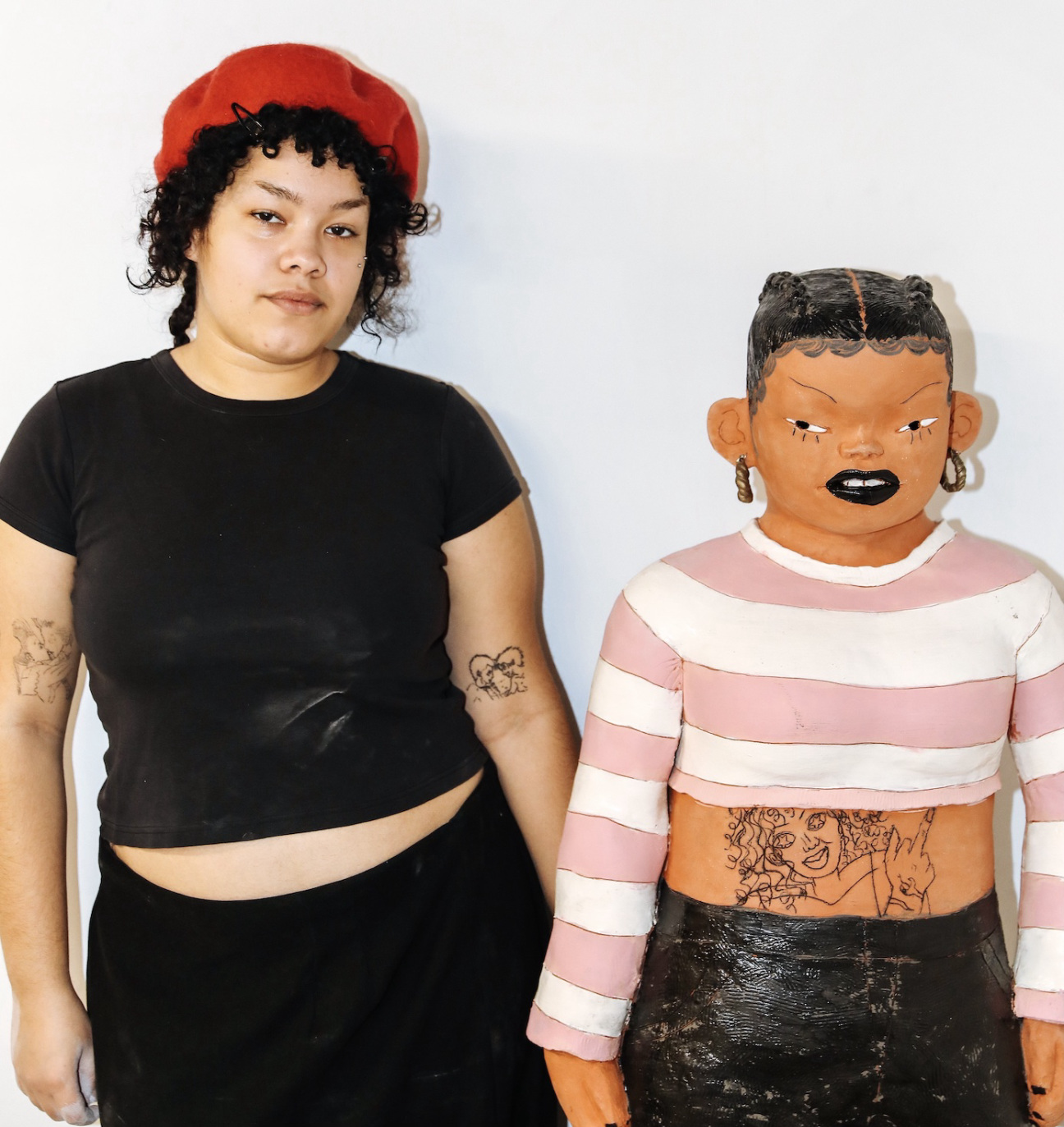
CULTURED: What was your first interaction with or impression of a Barbie?
Sydnie Jimenez: I was definitely more of a Bratz girl, but totally had Barbie dolls. I loved Barbie’s clothes and accessories. I was in Catholic school as a kid so being able to change her clothes and not have her in a uniform like me was me projecting, haha, trying to express myself.
CULTURED: What element of Barbie speaks to your practice the most?
Jimenez: I think playing with dolls and dollhouses is a method of escapism for children, as is watching cartoons or reading books, but with this method one can make all the decisions and create their own scenarios. With the fantastical nature of some of my work and in the infinite outfits/looks I can give my sculptures, it’s like a manifestation of abundance and freedom. For example, some of my sculptures have wings or horns. They can intimidate or fly away in instances of danger. It’s a bit escapist in the way that it’s kind of like a manifestation of my want/need to protect myself and my loved ones.
CULTURED: Describe your ideal dollhouse. What’s in it, and why?
Jimenez: I love Barbie’s pink brand but I would totally love a goth dollhouse! Black and purple, coffin furniture, vampire decor, etc. Totally gothic architecture. I think it’s so romantic and dreamy!

CULTURED: What was your first interaction with or impression of a Barbie?
Stacy Leigh: I was a blonde kid, so Malibu Barbie was my go-to doll! I recall wishing I would grow up to look like her, which was shallow and unimportant, but I knew Barbie was beautiful, and I coveted that beauty. I don't think it was particularly healthy to be so focused on my appearance at a young age, but it was the ‘70s and things were very different. I always used dolls as an outlet, either creatively or to soothe me emotionally.
To date, when life feels overwhelming, I find myself standing in front of my vast doll collection, planning a photoshoot idea or just admiring them. It is a weird source to derive a sense of calm, but all those sassy little faces somehow make me feel better. I bet a psychoanalyst would enjoy unpacking that response!
CULTURED: What element of Barbie speaks to your practice the most?
Leigh: Barbie, and fashion dolls in general, are akin to a medium for me, in the same way paint or emulsion is a tool. The ability to project an entire backstory onto the doll, and subsequently customize it with various paints and pastels to convey their "personality" is really interesting to me. I enjoy the challenge of getting static plastic to emote.
CULTURED: Will you watch the Barbie movie? What are you most excited about?
Leigh: I will absolutely watch the Barbie movie. I would have watched it no matter who they cast in the lead, but Margot Robbie is a perfect choice. I am SO very looking forward to it! I am excited that Barbie is going to be on everyone's radar this summer. I have really dug into the color pink and have been wearing it incessantly since the mention of the movie's release.

CULTURED: What was your first interaction with or impression of a Barbie?
Mira Dancy: My first encounter with Barbie was at my grandmother’s house—an early ‘70s edition that belonged to my aunt, stored in a closet under the basement stairs. I think she had a recreational Winnebago emblazoned with a peace sign and a wardrobe filled with an array of swirling-patterned bell-bottoms, leather-fringed vests, high-buttoned polyester work dresses, and a sparkly, scratchy green evening gown that my sister and I would dress and undress her in. Her hair had a rat’s nest 15 years in the making we would whittle away at.
At my own house, I conjured an intricate imaginary world with matchbox cars—no Barbies—but I knew which houses on the block had Barbie dolls, dreamhouses, and convertibles, and remember maneuvering to get myself invited over for some Barbie time. My Barbie fantasy world mostly involved driving around the convertible in a swimsuit enroute to the beach for skinnydipping, with Ken left back at the house, irrelevant.
CULTURED: How did you interpret Barbie back then?
Dancy: This Barbie of the late ‘80s exuded care-free glamor that did not exist in my suburban surroundings. Her strangely humped chest, tiny waist, and her stiff, sleek limbs were totally foreign yet intriguing, definitely an invitation to contemplate what was seen as taboo in my Italian Catholic household. Barbie herself was taboo, and somehow all my memories of her involve dimly lit, half-finished basements. I’m not sure I ever played with her in broad daylight.
CULTURED: What element of Barbie speaks to your practice the most?
Dancy: This early landscape of complicated associations and fantasies surrounding her body and her world still lingers in my subconscious. I see my paintings today as still engaging in the work of untangling these psychological knots, exploring the idea of the body as a flexible form, malleable to our thoughts, and receptive to our imaginative powers.
How to make a heavy, fluorescent fuschia pink-everywhere fantasy come true is still very much my agenda—a willingness to trust the capacities of pink, a color dimension that I don’t believe can be adequately understood as merely a subcategorization of red plus white. Perhaps I share with Barbie a belief in an entirely different pink dimension: pinks that are strong, less heavy than reds, but just as fiery.
CULTURED: Describe your ideal dollhouse. What’s in it, and why?
Dancy: My ideal dollhouse would have to be a Greek Island Special Edition: a compact white architectural form with as few domestic trappings as possible. I imagine thick, white walls that could accordion outward and double as staircases up to a roof-terraced swimming pool. No kitchen necessary. A luxurious bathtub under a window with a tiled floor… a double-height bedroom with a canopy bed.
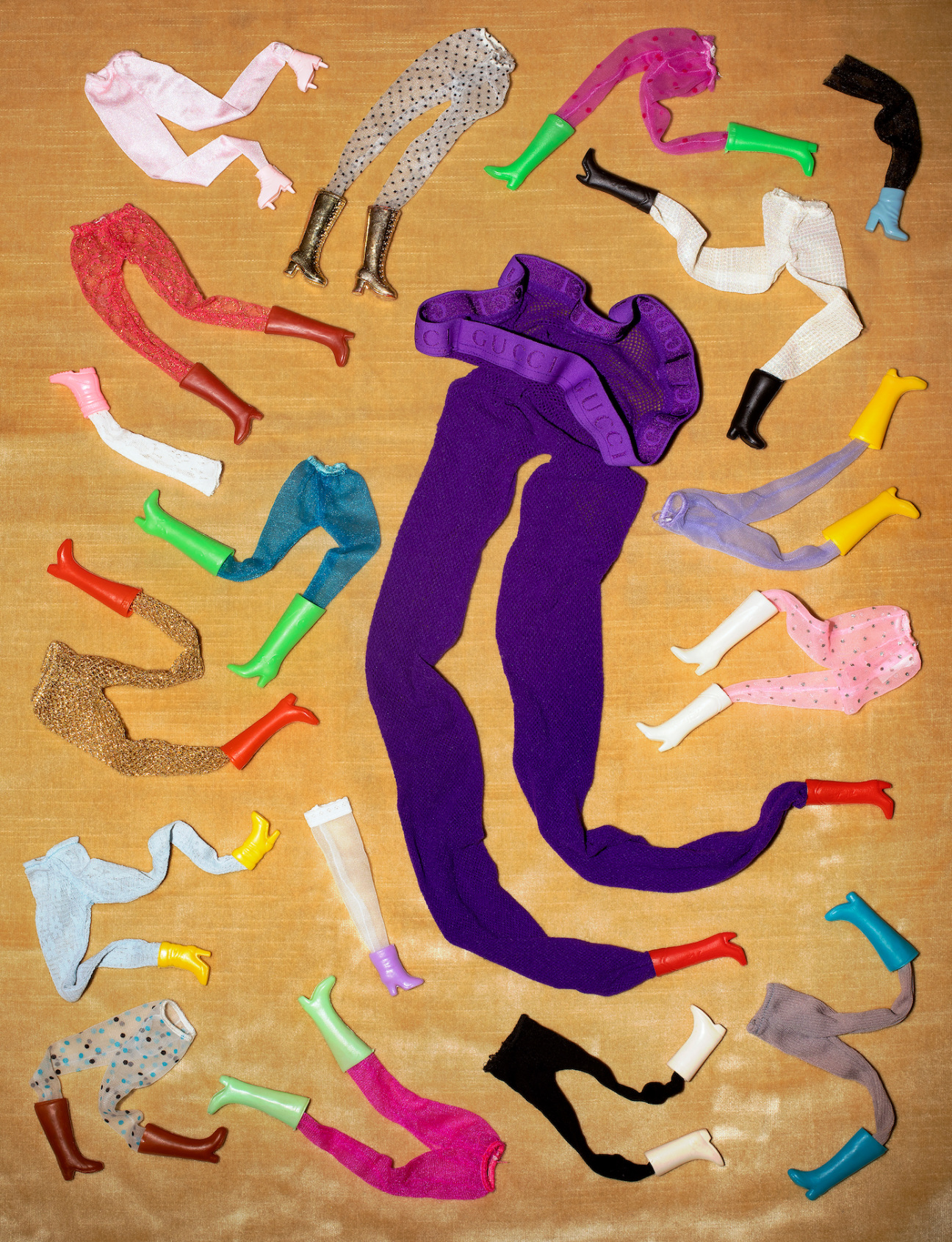
CULTURED: What was your first interaction with or impression of a Barbie?
Annie Collinge: My godmother took us to Toys-R-Us and said we could choose any toy we wanted for our birthdays (I'm a twin). I chose a crappy, plastic mini greenhouse kit. None of the plants actually grew, and it was landfill in about a week. My sister chose a perky-looking business Barbie in a pink skirt suit with a pink briefcase. I always bitterly regretted my poor decision-making and would look over enviously whenever she got it out to play with. This has pretty much been the blueprint of our sisterly relationship ever since.
CULTURED: Describe your ideal dollhouse. What’s in it, and why?
Collinge: I'm actually in the process of furnishing a 1960s dollhouse I bought at a carboot sale, just for fun. I've since discovered it's a Severalls dolls house, meaning it was made by psychiatric patients at the (now derelict) Severalls Hospital in Colchester, Essex. I was looking at pictures urban explorers had taken of the closed down hospital and noticed that the patients's onsite shop was called "squirrels boutique.” I then realized that I had bought a miniature dollhouse-size shop about 5 years earlier. The sign above the door read "squirrels boutique.” It undoubtedly was made in the same dollhouse factory. I obviously have a subconscious thing for dollhouses made in psychiatric hospitals.
CULTURED: Will you watch the Barbie movie? What are you most excited about?
Collinge: To see if Tutti and Todd make an appearance.
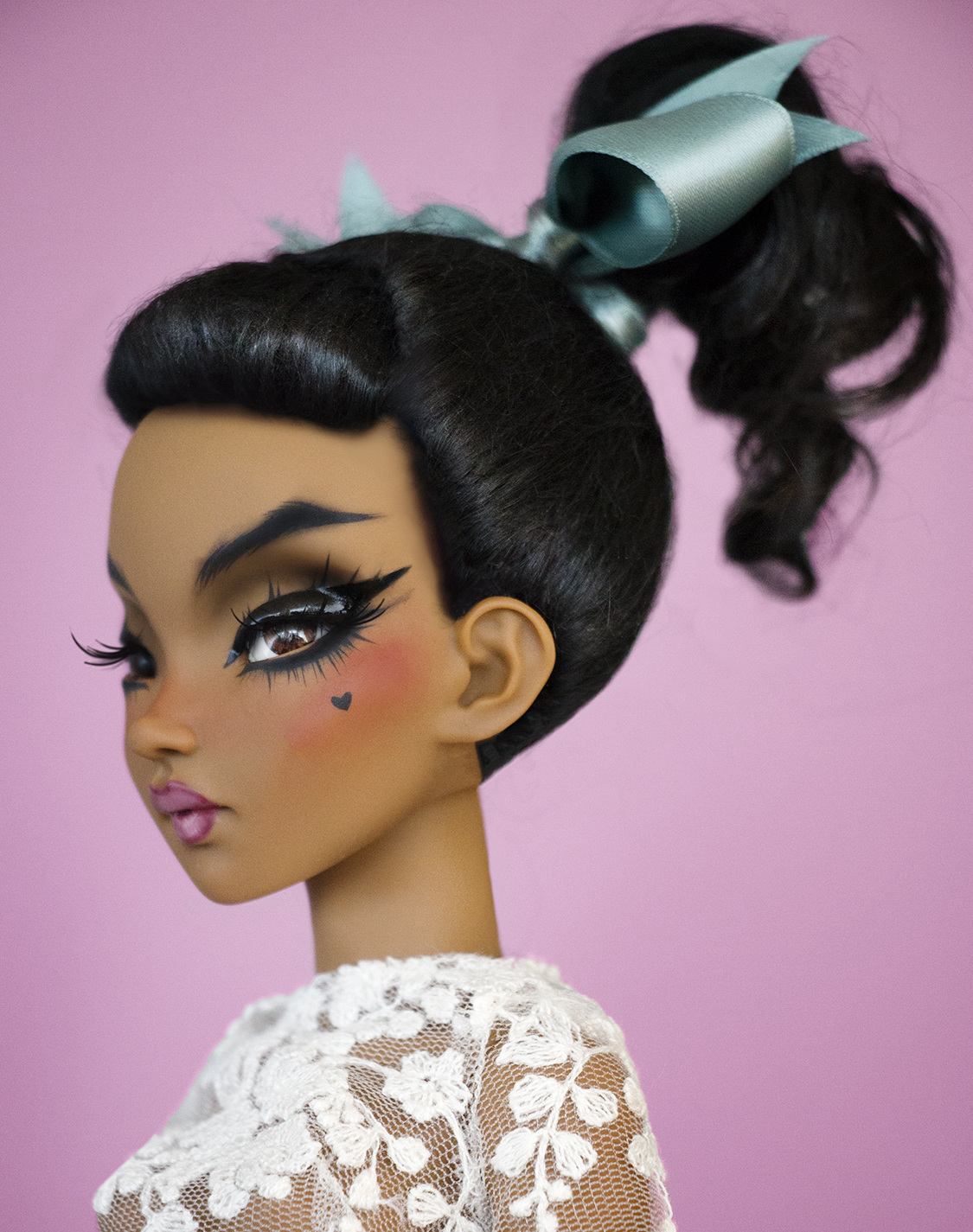
Joshua David McKenney of Pidgin Doll
CULTURED: What was your first interaction with or impression of a Barbie?
Joshua David McKenney: I grew up in a conservative home and wasn’t allowed to play with dolls. But there was a little girl down the street who would let me play with her Barbies. She had all the dolls, outfits, cars, and the dreamhouse. Her bedroom was heaven. In addition to dolls, I was obsessed with mermaids, so I’d make Barbie into one: I'd wedge both of her legs into one side of a pair of tights, tuck the other side into the waistband, and then tie a ballerina tutu around her feet. Eventually, her mother told me I couldn't play anymore because I was stretching out all of the doll leggings.
CULTURED: What element of Barbie speaks to your practice the most?
McKenney: As an artist, what appeals to me about fashion dolls like Barbie is that you can interact with and personalize them. With a painting or a sculpture, when it’s finished, it looks how it looks. But a doll can keep evolving. When I sculpted my own doll, Pidgin, I set out to make her features as fluid as possible, so that she can assume an infinite variety of looks depending on how I paint and style her. She’s a chameleon, a canvas for my imagination.
CULTURED: Will you watch the Barbie movie? What are you most excited about?
McKenney: Yes, I’m excited to watch the Barbie movie. Barbie’s identity and story have always been vague—she’s more of an idea that exists in the collective consciousness than a well-defined person or character. So I’m most interested to see how they characterize her. Also, I can't wait to see how they interpret decades of Barbie fashion at human scale.

CULTURED: What was your first interaction with or impression of a Barbie?
Mariko Mori: Barbie is a projection of the girl’s dream.
CULTURED: What element of Barbie speaks to your practice the most?
Mori: Her representations of the ideal beauty.
CULTURED: Describe your ideal dollhouse. What’s in it, and why?
Mori: A large walk-in closet with outfits from every fashion moment since the 1950s.
CULTURED: Will you watch the Barbie movie?
Mori: Yes.
CULTURED: What are you most excited about?
Mori: Barbie will be alive.
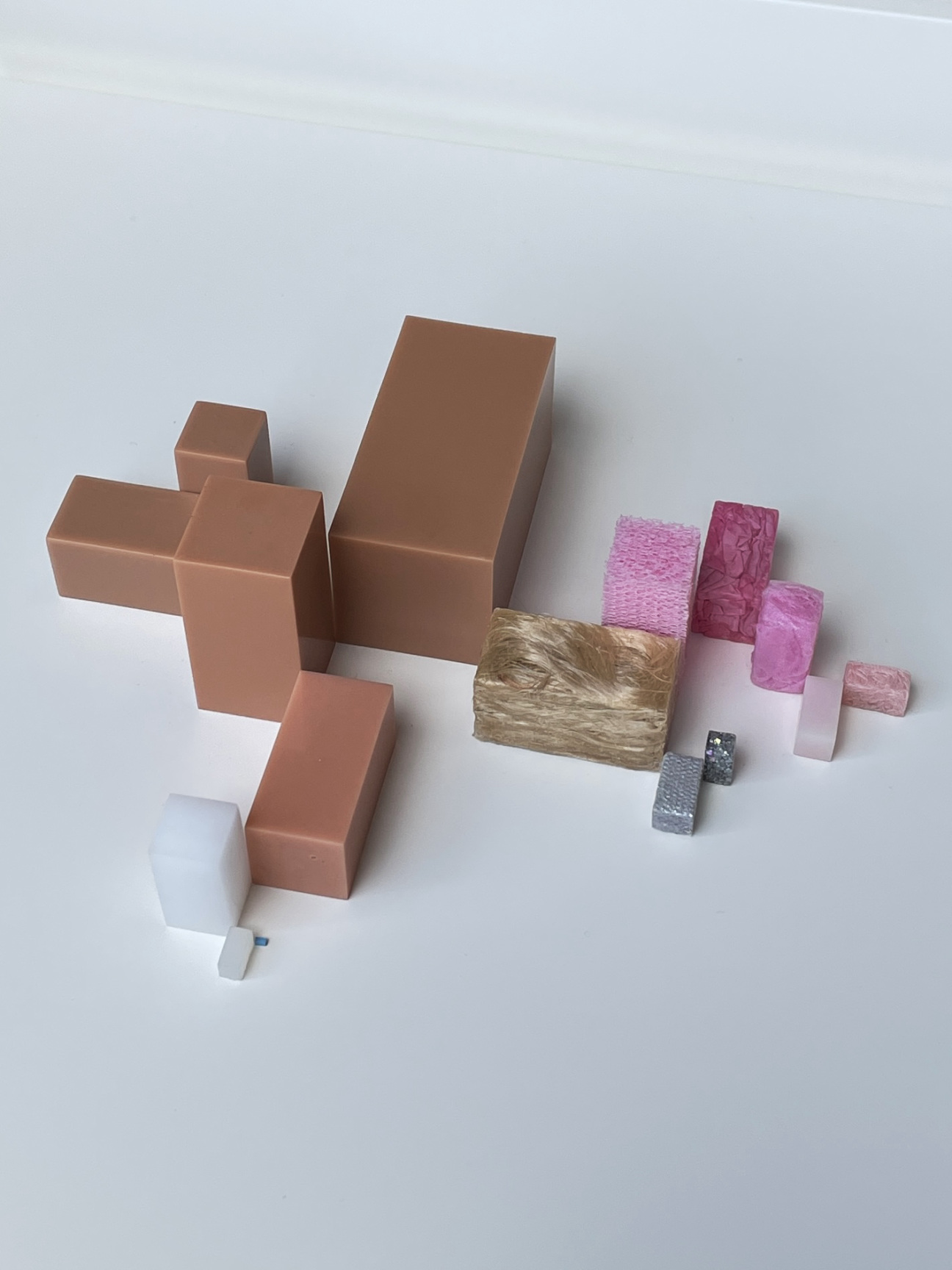
Lonneke Gordijn from Studio Drift
CULTURED: What element of Barbie speaks to your practice the most?
Lonneke Gordijn: “Materialism” is an ongoing research project of ours which explores the everyday “man-made objects” that surround people. We deconstruct objects to learn about the materials that comprise them. The work calls for contemplation on how we deal with the raw materials at our disposal. Everyday products such as cars, pencils, or watches have been reduced to the exact quantity of the specific raw materials from which they are made, shown in the form of rectangular blocks.
Barbie-mania has taken over the world in the last 12 months, with anticipation for the new film reigniting this cultural icon. An element of our “Materialism” series is experimenting with themes surrounding nostalgia. And who didn’t grow up playing with, aspiring to be, or even ripping heads off their Barbie dolls? With this artwork, we wanted to explore the phenomenon of a toy which marked a generation.
CULTURED: Describe your ideal dollhouse. What’s in it, and why?
Gordijn: It’s probably made of LEGOs from the ‘80s and filled with endless possibilities and creativity.
CULTURED: Will you watch the Barbie movie? What are you most excited about?
Gordijn: Yes! I am curious how a truly female archetype with the ideals from the ‘60s will be positioned as a 2023 open-minded feminist.

CULTURED: What was your first interaction with or impression of a Barbie?
Rosenberg: I grew up playing with a pair of Ginny dolls—a brunette and a blonde. They were cute, chubby little girls, 8 ½" tall, made from heavy duty plastic developed during the Second World War and popular from 1951 to 1959. Then Barbie appeared and displaced Ginny. I don’t remember ever playing with a Barbie doll, but, my daughter Carmen, born in 1989, loved them. She also had G.I. Joe—who she dubbed “The Woodsman”—and Aladdin dolls. She developed complicated and often conflict-filled, romantic relationships between them and Barbie.
CULTURED: What element of Barbie speaks to your practice the most?
Rosenberg: In 1997, the artist Sue Williams and I collaborated on a portrait of her daughter Charlotte for my photo series "Who Am I? What Am I? Where Am I?" Sue wanted to paint Charlotte’s face like a Barbie doll and I thought it would add another layer to the photo if Charlotte played with Carmen’s Barbies. Charlotte, around 4 years old, wasn’t to be controlled, smearing the face paints that Sue applied to her face onto the dolls. Charlotte was mimicking our attempts to style her.
That photo series allows children to try out different identities as a part of growing up. Barbie became a role model for many girls. What I liked about the photo with Sue and Charlotte was how it skewed Barbie’s perfection and showed its grotesque side.
CULTURED: Describe your ideal dollhouse. What’s in it, and why?
Rosenberg: My ideal dollhouse would have a sauna. I like saunas.










 in your life?
in your life?

